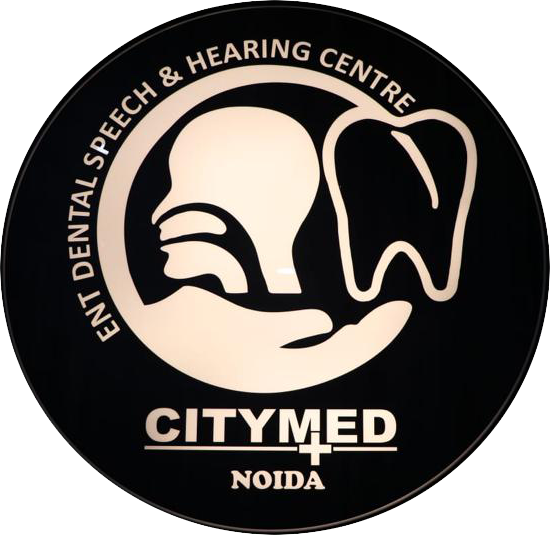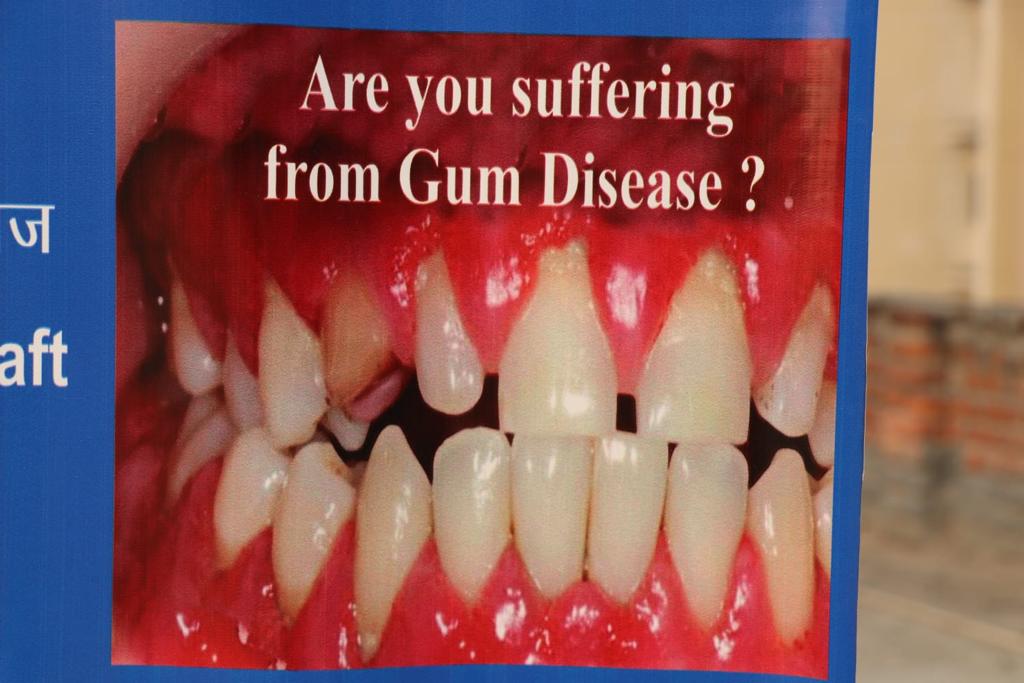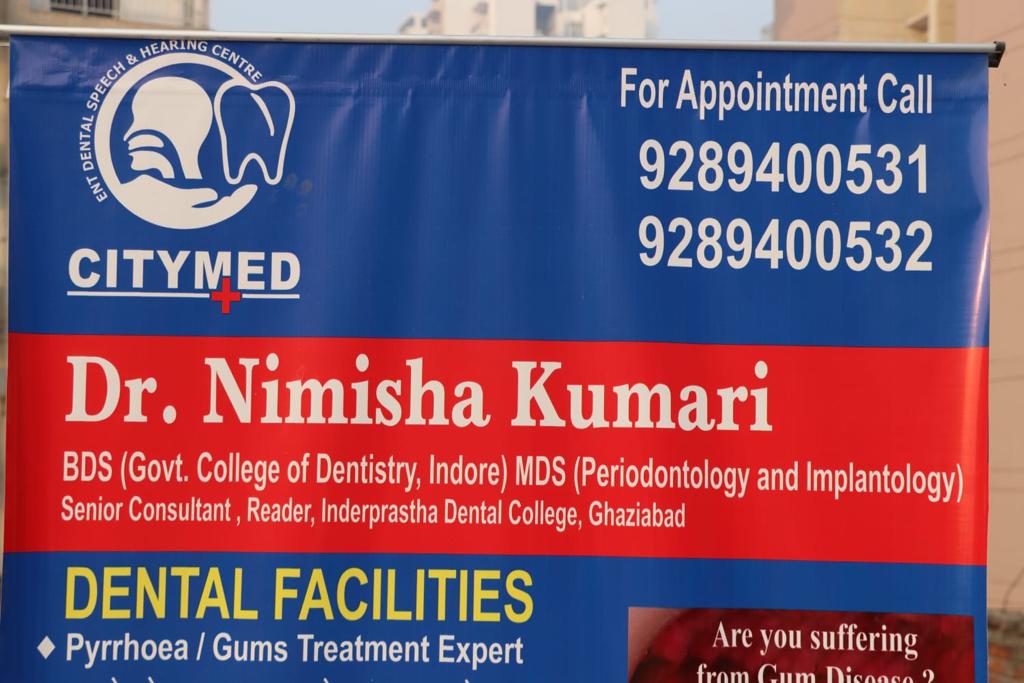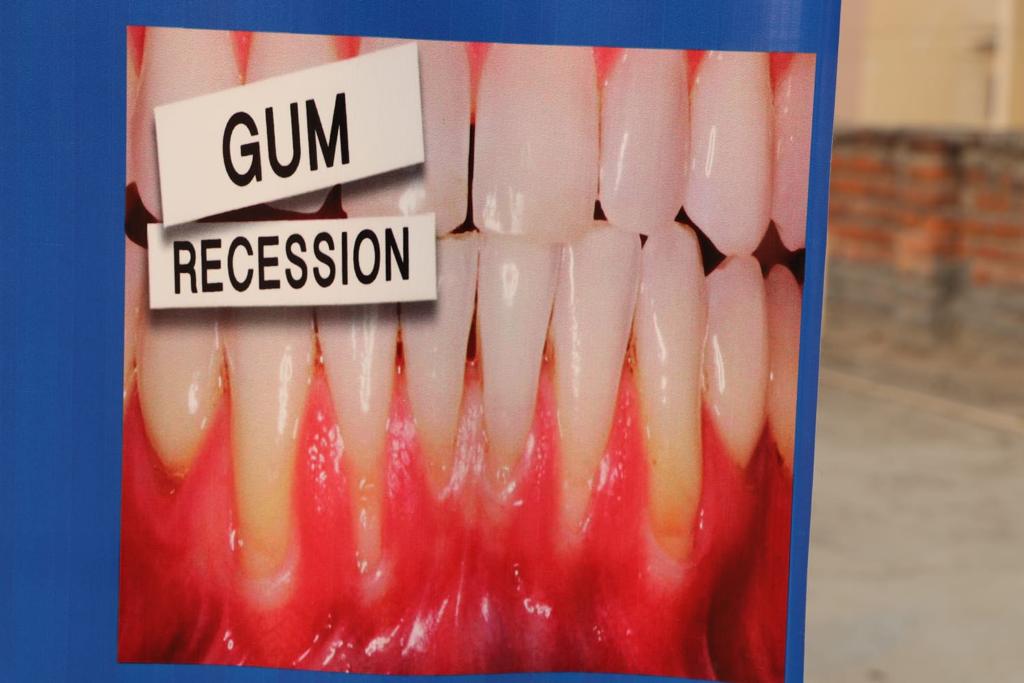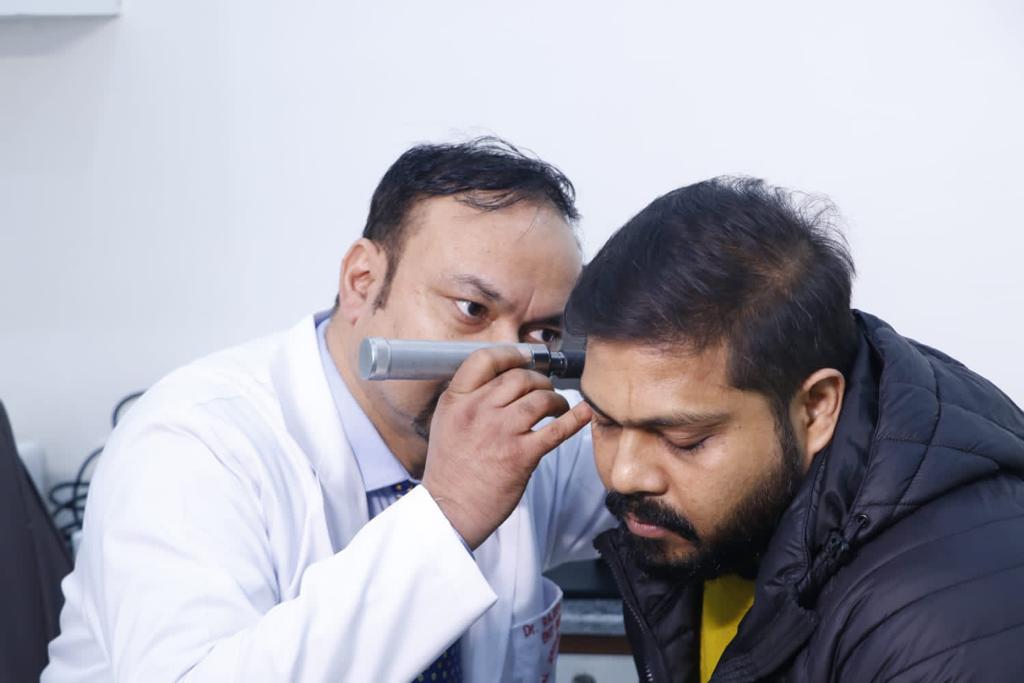Skull Base Surgery
What is skull base surgery used for?
- Cysts that develop from birth
- Growths caused by infections
- Pituitary tumors
- Meningiomas, noncancerous tumors that grow from the meninges, the tissue that covers the brain and lies between the brain and skull
- Chordomas, a slow-growing bone tumor most often found at the base of the skull
- Trigeminal neuralgia, an intense pain on one side of the face
- Craniopharyngiomas, growths that occur near the pituitary gland
- Craniosynostosis, a condition in which the bones of the skull of an infant close too early, causing problems with brain growth and the shape of the skull Cerebrospinal fluid fistulas
- Cerebral aneurysm, a weak, often bulging area in a blood vessel in the brain
- Arteriovenous malformations, arteries and veins that are abnormally connected to one another
